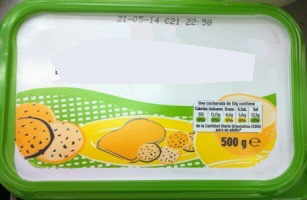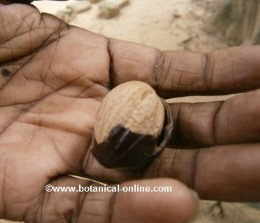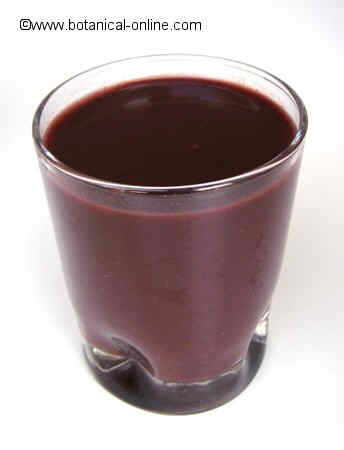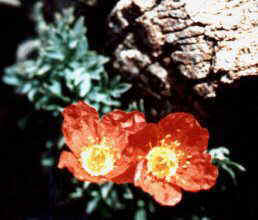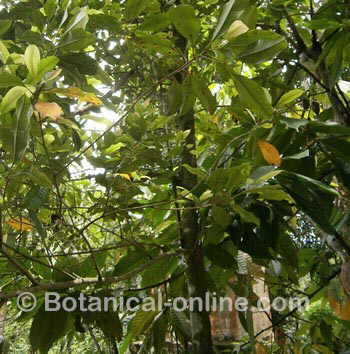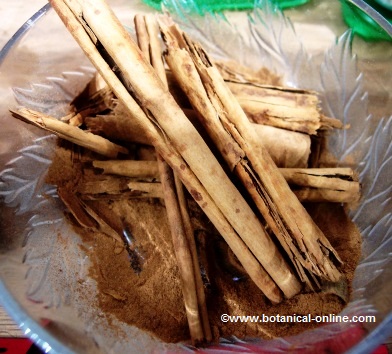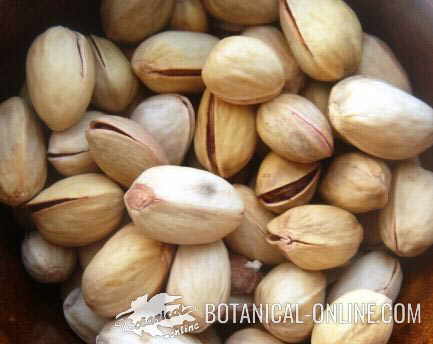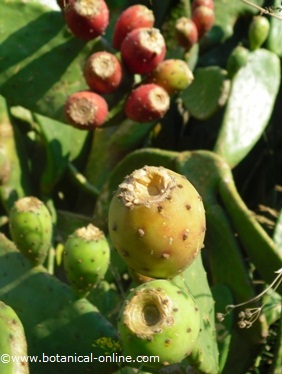Contents
EDIBLE PROPERTIES OF CABBAGE
Nutritional properties of cabbage
As food, it is very interesting, because we can assimilate many of the properties previously mentioned. Given its high vitamin C content, it is very suitable for children or in case of convalescence or diarrhea.
It’s got a very low level of oxalates, so it is good for those people undertaking diet for kidney stones or gallstones diet.
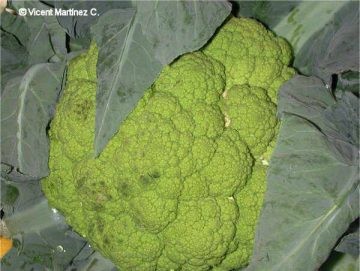 In general, by the amount of vitamins, essential minerals and acids that cabbage contains, we do not have to neglect to eat it as much as possible, When it cannot be taken fresh, we can go to fermented preparations, whose consumption is advised much more than the fresh ones.
In general, by the amount of vitamins, essential minerals and acids that cabbage contains, we do not have to neglect to eat it as much as possible, When it cannot be taken fresh, we can go to fermented preparations, whose consumption is advised much more than the fresh ones.
We must consider at the time of cooking cabbages that these plant, like all the vegetables, lose most of their vitamins if we extend to much the cooking time, for that reason it is recommended to introduce them in a container with little water once it has started boiling, not leaving them there more time than the necessary.
We should use cabbage broth to prepare other meals, because most of the nourishing elements have remained in it. The strong scent that this plant displays when boiling is due to the great amount of sulfur that it contains. For some stomachs it is very indigestible when combined with other foods. Reason why it is advisable to take it in combination with other vegetables and in the main meals, not for supper.
Cabbage and the plant foods similar to them, such as Brussel sprouts, broccoli, coliflowers, arugula, etc. are very flatulent. This is the reason why some people, specially those with delicate intestines, don’t like eating them. They are not recommended for liver disease diet. Very strong flavoured vegetal food, such as cabbage, can provoke nausea or vomiting.
*More information about: Edible properties of cabbage
NUTRITIONAL COMPOSITION OF CABBAGE
| Cabbage composition per 100 gr. | |
| Water | 92,15 g |
| Energy | 25 Kcal |
| Fat | 0, 27 g |
| Protein | 1, 44 g |
| Carbohydrates | 5, 43 g |
| Fiber | 2, 3 g |
| Potassium | 246 mg |
| Phosphorus | 23 mg |
| Iron | 0, 59 mg |
| Sodium | 18 mg |
| Magnesium | 15 mg |
| Calcium | 47 mg |
| Copper | 0, 023 mg |
| Zinc | 0, 40 mg |
| Manganese | 0, 22 mcg |
| Vitamin C | 32, 2 mg |
| Vitamin A | 133 UI |
| Vitamin B1 (Thiamin) | 0,050 mg |
| Vitamin B2 (Riboflavin) | 0, 040 mg |
| Vitamin B3 (Niacin) | 0, 300 mg |
| Vitamin B5 (Pantothenic acid) | 0, 696 mg |
| Vitamin B6 (Pyridoxine) | 0, 096 mg |
| Vitamin E | 0, 105 mg |
| Folic acid | 43 mcg |
Toxicity of cabbage
The presence of sinigrine or black mustard salt, and other glycosinolates are the cause of intestinal irritations in many people who take much amount from this plant.
Once collected, the leaves of cabbages. must be eaten ender. They can not be used in phytotherapy as dry plants.
Varieties and types of cabbage
Many varieties of cabbages exist, (we are talking about western cabbages) all of them pertaining to the species Brassica oleracea L. that would be the wild plant and from which the other ones derive, forming different groups:
- Botrytis Group, where they would be including the cauliflowers
- Acephala Group, formed by curled cabbages.
- Capitata Group, that would be the white cabbages.
- Gemmifera Group, constituted by Brussels sprouts.
- Italica Group, by Broccoli and Calabrian
![]() More information on cabbage
More information on cabbage

